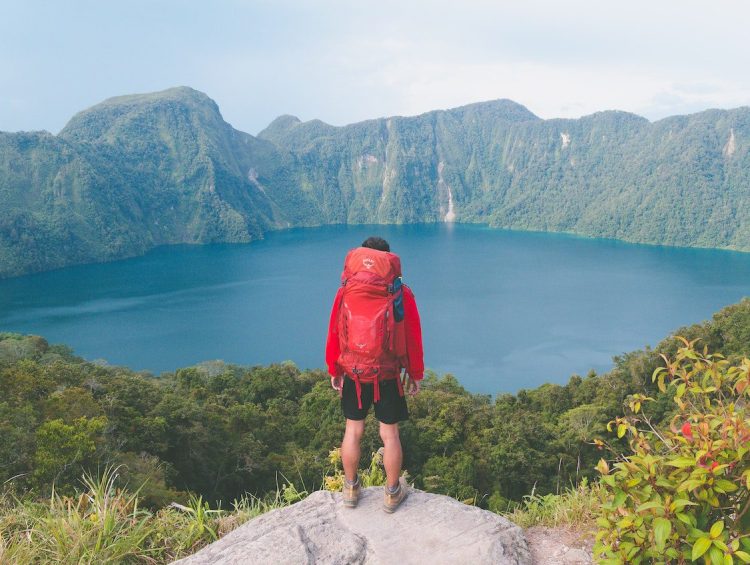Highlights of “How to travel solo”:
- Independence: Solo travel is a journey of independence, a chance to explore the world on your terms.
- Planning: Strategic planning is essential for a successful solo adventure, including setting goals, choosing the right destination, and creating a flexible itinerary.
- Packing: Pack smart by focusing on essentials and avoiding over-packing to ensure a hassle-free journey.
- Communication: Effective communication, which includes learning a few local phrases and using translation apps, can bridge language barriers.
- Respect: Respect for local customs and culture is vital for a meaningful solo travel experience.
- Accommodation: Choose accommodations that match your style and budget, with options ranging from hostels to boutique hotels.
- Dining: Dining solo is an art; savor it by exploring street food, joining food tours, and engaging with locals through culinary experiences.
- Socializing: Making friends while traveling solo is easy through social events, group tours, and the use of travel apps and websites.
- Safety: Prioritize safety by staying aware of your surroundings, securing your belongings, and having a plan for emergencies.
- Solitude: Embrace solitude for mindfulness, creativity, and self-reflection, as it’s an integral part of the solo travel experience.
Solo travel is an exhilarating and transformative experience that empowers you to explore the world on your own schedule and in your own unique way. Whether you’re an experienced globetrotter or a first-time solo adventurer, this comprehensive guide provides you with original and valuable insights to embark on a solo journey.
Chapter 1: The Magic of Solo Travel
Before we dive into the practicalities of solo travel, let’s uncover what makes this mode of exploration so captivating.
Freedom to Follow Your Passions: Solo travel grants you the freedom to pursue your interests and curiosities. Whether it’s exploring a hidden gem, embarking on an impromptu adventure, or spending an extra day in a quaint village, your solo journey is a canvas you paint yourself.
Personal Growth and Self-Discovery: Traveling solo is a transformative experience that encourages self-discovery and personal growth. The solitude provides the space for introspection, self-awareness, and the opportunity to push your boundaries.
Enhanced Decision-Making Skills: Solo travelers become adept decision-makers. Navigating through unfamiliar territory hones your ability to make informed, on-the-spot choices, equipping you with valuable life skills.
Meeting New People and Cultures: Solo travel opens the door to rich interactions with locals and fellow travelers. The absence of a travel companion encourages you to engage with diverse cultures, forging connections that last a lifetime.
Building Confidence and Independence: The journey of solo travel is a profound exercise in self-reliance. Navigating foreign lands, overcoming challenges, and solving problems cultivates a remarkable sense of confidence and independence.
Chapter 2: Planning Your Solo Adventure
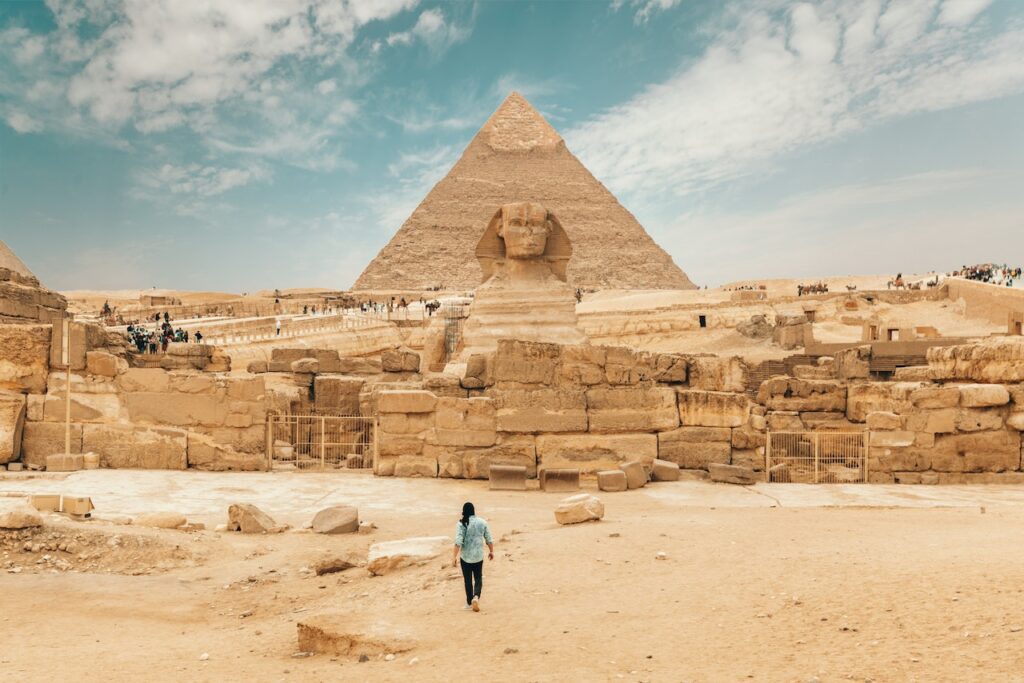
A well-planned solo journey is the cornerstone of a successful adventure. This chapter delves into the core aspects of preparing for your solo quest:
Setting Travel Goals and Budget: Establish your travel objectives and create a budget aligned with your preferences. Clear goals, whether it’s cultural immersion, relaxation, or conquering a mountain, serve as your compass.
Choosing Your Destination: Picking the right destination is pivotal for a fulfilling solo travel experience. Safety, accessibility, and the activities that resonate with your interests are essential considerations. Extensive research will guide you to the perfect destination.
Research and Accommodation Booking: Scouring through accommodations and booking wisely is critical. Accommodation choices significantly influence your experience; thus, understanding reviews and seeking local insights is key to securing the ideal lodgings.
Creating a Flexible Itinerary: A well-structured yet adaptable itinerary ensures you maximize your solo adventure. A planned schedule provides structure, but leaving room for spontaneity allows for serendipitous discoveries.
Packing Smart: Opt for packing light and efficiently. Focus on essentials and versatility in clothing choices. Additionally, do not forget essential travel documents, universal adapters, and a compact first-aid kit.
Travel Documents and Safety Precautions: Ensure all your travel documents are in order, including visas and vaccinations, depending on your destination. Familiarize yourself with safety precautions specific to your chosen location and have contingency plans in place.
Chapter 3: Navigating Your Destination
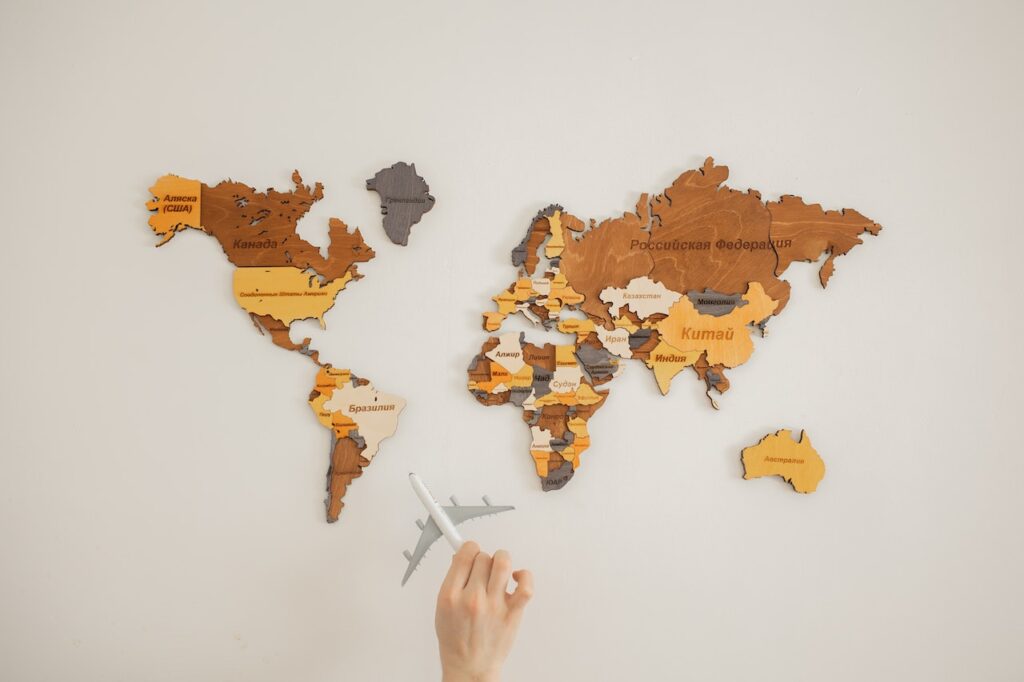
Reaching your destination is just the beginning. This chapter arms you with knowledge on transportation, effective communication, and cultural respect.
Transportation: Master the art of navigating local transportation, whether it’s public buses, trams, ferries, or trains. Investigate the convenience of local transport passes and ride-sharing services for seamless exploration.
Effective Communication: Conquering language barriers is a crucial aspect of travel. A basic grasp of local phrases, support from translation apps, and the willingness to engage non-verbally will bridge communication gaps effectively.
Cultural Sensitivity: Respecting local customs and traditions is paramount. Dive into the local culture by understanding dress codes, customs, and behavior norms, fostering a sense of respect for the places you visit.
Discovering Hidden Gems: Beyond the tourist hotspots, uncover the lesser-known gems that make your destination unique. Consult locals, seek out independent guidebooks, or explore off-the-beaten-path areas for an authentic experience.
Chapter 4: Accommodation for Solo Travelers
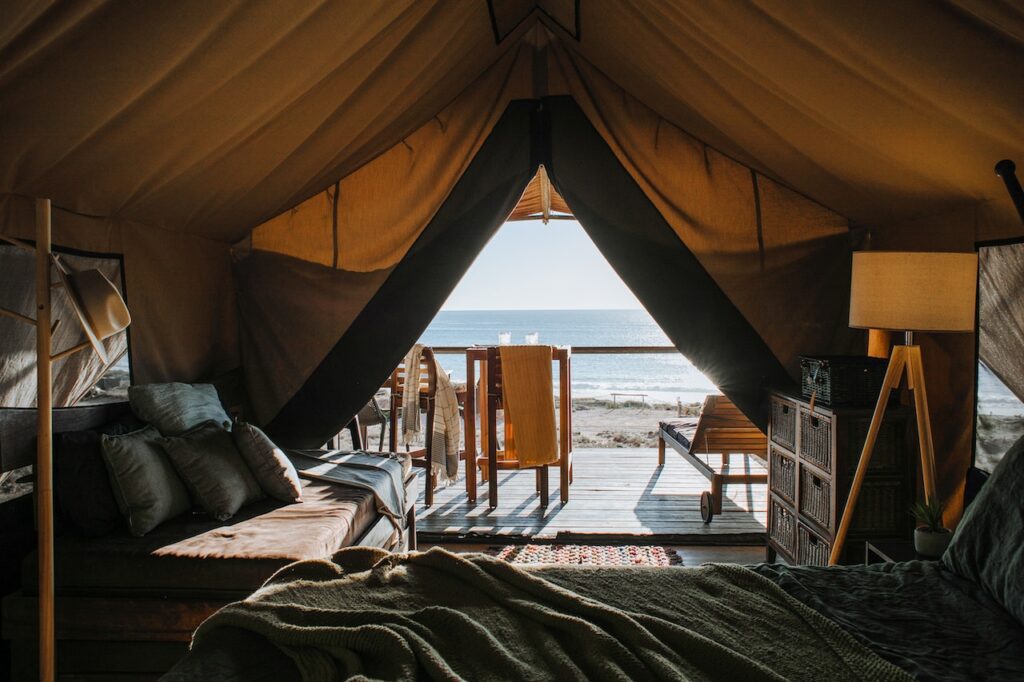
Choosing the right place to stay has a profound impact on your solo travel adventure. In this chapter, we explore a range of accommodation options and offer guidance on booking and safety.
Hostels: A haven for solo travelers, hostels foster a social atmosphere where you can connect with like-minded individuals, partake in group activities, and seek travel advice from fellow adventurers.
Boutique Hotels: Experience luxury without breaking the bank at boutique hotels. These accommodations provide personalized service and unique atmospheres, adding a touch of extravagance to your journey.
Airbnb and Vacation Rentals: For a more immersive and local experience, consider renting a private home or apartment. This allows you to live like a local, offering insight into daily life and culture.
Safety and Security: Prioritize your safety by selecting accommodations with security features, such as lockers and 24-hour front desks. Common-sense safety practices include keeping your belongings secure and respecting local safety guidelines.
Socializing at Your Accommodation: Use communal areas to socialize and make new friends, both with fellow travelers and the local staff. Common areas, group outings, and organized events offer excellent opportunities to connect.
Chapter 5: Dining Solo and Food Adventures

Exploring local cuisine is one of the joys of solo travel. This chapter covers the art of dining alone, discovering hidden culinary treasures, and embracing food adventures.
Solo Dining Etiquette: Dining alone should be a pleasurable experience. Remember that solo dining is not only common but often celebrated in various cultures. Bring a book, journal, or simply savor the solitude while enjoying your meal.
Street Food: Satisfy your taste buds with affordable and delectable street food. Street vendors often serve the most authentic and mouthwatering local dishes, allowing you to savor the true flavors of your destination.
Food Tours and Cooking Classes: Dive into the local food culture by joining food tours or cooking classes. These experiences offer insights into culinary traditions and allow you to interact with locals and fellow food enthusiasts.
Engaging with Locals Through Food: One of the best ways to connect with local culture is through food. Don’t hesitate to ask locals for restaurant recommendations or experience home-cooked meals with local families for a more intimate cultural encounter.
Managing Dietary Preferences: Ensure your dietary needs are met while traveling. If you have dietary restrictions or allergies, communicate your requirements to restaurants and street food vendors. It’s often possible to find suitable options that cater to your specific needs.
Chapter 6: Meeting People on the Road
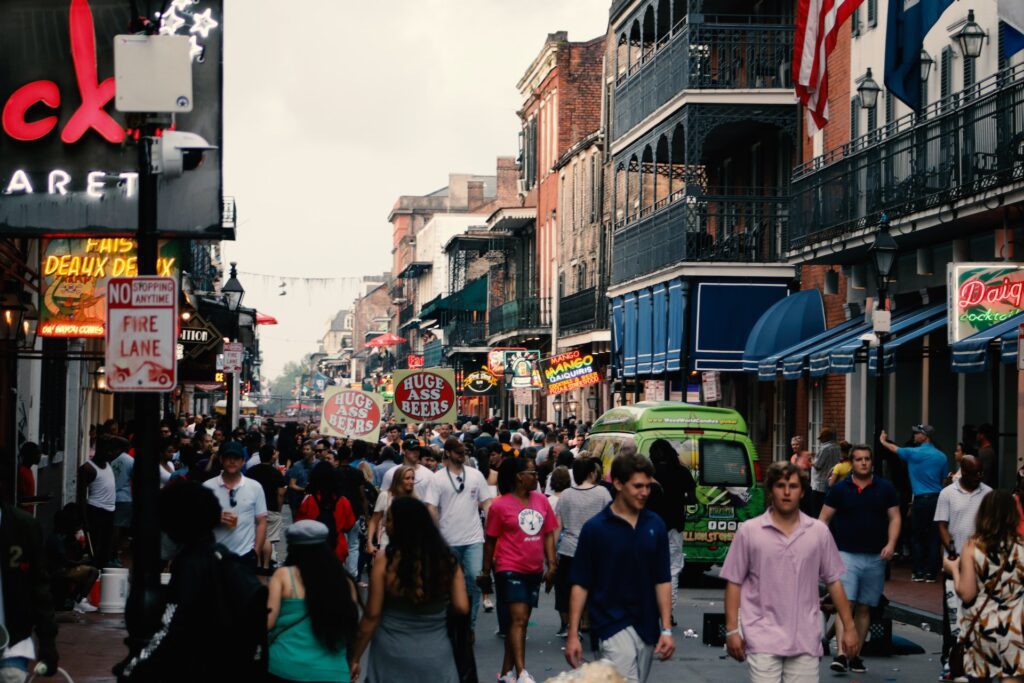
Solo travel doesn’t equate to solitude all the time. This chapter focuses on connecting with fellow travelers and locals, forming friendships, and creating memorable interactions.
Socializing at Hostels: Hostels are natural hubs for meeting fellow travelers. Engage in social events, participate in group activities, or initiate conversations in common areas. You’re bound to encounter like-minded individuals.
Joining Group Tours and Activities: Engaging in organized tours and activities provides excellent opportunities to meet people. Whether it’s a guided city tour, an adventurous outing, or a cultural experience, group activities encourage social connections.
Using Travel Apps and Websites: Leverage technology to connect with like-minded individuals. Many travel apps and websites are tailored for travelers seeking companionship. Join forums, use travel-related apps, or take part in local meetups to foster connections.
Participating in Volunteer Programs: Contribute to local communities while meeting people. Volunteering not only allows you to give back but also fosters enduring connections with locals and fellow volunteers, deepening your cultural immersion.
Attending Local Events and Festivals: Immerse yourself in the local culture by attending events, festivals, and celebrations unique to your destination. These events provide a rich cultural experience and create opportunities for social interactions.
Chapter 7: Solo Travel Safety

Safety is paramount when traveling solo. This chapter encompasses essential tips for staying secure on your journey, covering personal safety, health precautions, and emergency planning.
Personal Safety Tips: Learn to safeguard yourself while exploring. Maintain awareness of your surroundings, secure your belongings, and trust your instincts. Share your itinerary with a trusted contact and establish regular check-ins to ensure your safety.
Health and Wellness Abroad: Prioritize your health and well-being during your travels. Pack necessary medications, stay adequately hydrated, and maintain good hygiene practices. Familiarize yourself with local health services and exercise caution regarding food and water safety.
Emergency Contacts and Precautions: Prepare for unexpected situations by having a list of emergency contacts at your disposal. Include local authorities and your country’s embassy or consulate in your contact list. Keep copies of vital documents in case of theft or loss.
Cultural Sensitivity and Legal Considerations: Respect local customs and laws. Prior to traveling, acquaint yourself with the culture and the destination’s legal requirements. Adherence to local customs, attire, and regulations demonstrates respect for your host country.
Safety Apps and Devices: Leverage technology to enhance your safety. Download safety apps that provide emergency alerts and location services. Consider carrying personal safety devices, such as personal alarms or GPS trackers, to bolster your sense of security.
Chapter 8: Embracing Solitude and Self-Discovery

Embracing solitude is an integral facet of solo travel. This chapter delves into the benefits of spending time alone.
The Art of Mindfulness and Self-Reflection: Utilize your solitude for personal growth. Solo travel provides the ideal environment for mindfulness and self-reflection. This is the time to connect with your thoughts, set intentions, and gain a deeper understanding of yourself.
Finding Peace in Nature: Reconnect with the natural world and your inner self. Whether you’re hiking in the mountains, gazing at the stars, or sitting beside the ocean, solo travel allows you to immerse yourself in nature and experience the profound tranquility it offers.
Solitude and Creativity: Unleash your creative potential during your travels. Capture the beauty of your journey through writing, sketching, photography, or any other form of artistic expression. Solo travel serves as a wellspring of inspiration, igniting your creative spirit.
Journaling Your Travel Experience: Document your journey for reflection. Maintaining a travel journal enables you to record your experiences, emotions, and observations. It also preserves your travel memories, providing a lasting memento of your adventure.
Balancing Socializing and Solitude: Recognize when you need solitude and when you crave social interaction. Solo travel offers the flexibility to make choices that cater to your personal needs, ensuring your journey aligns with your comfort and preferences.
Chapter 9: Overcoming Common Challenges
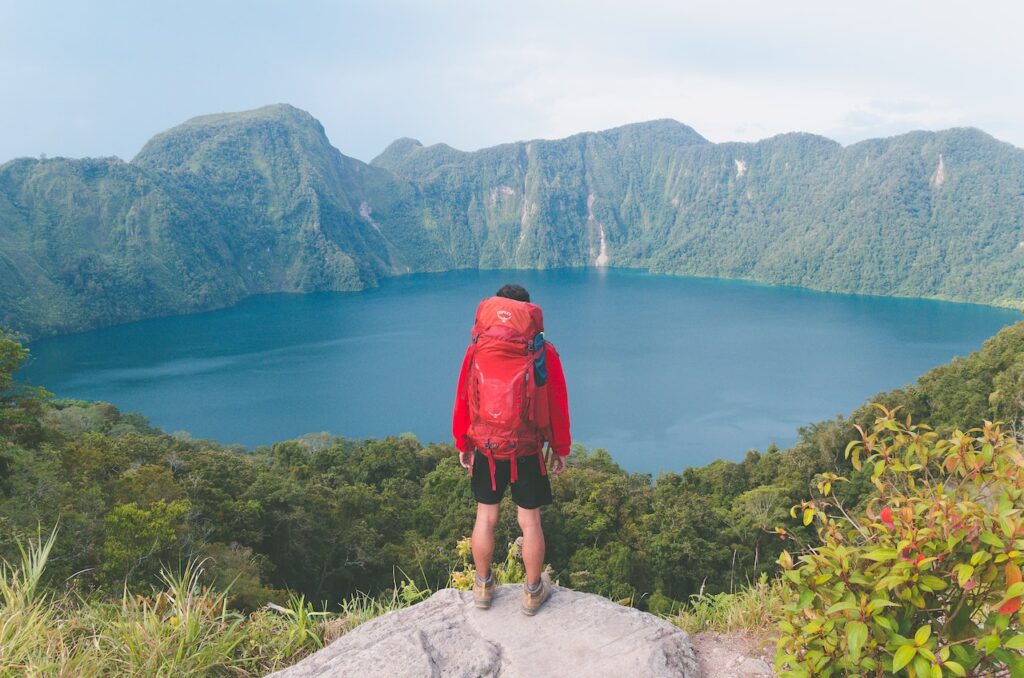
Even experienced solo travelers face challenges. This chapter addresses common issues and provides practical solutions.
Loneliness and Homesickness: Implement strategies to cope with moments of loneliness. Reach out to friends and family, engage in social activities, and immerse yourself in local experiences to overcome feelings of isolation.
Dealing with Language Barriers: Navigate language barriers with confidence. Learn key phrases, embrace translation apps, and employ non-verbal communication to overcome language obstacles and connect with locals.
Budgeting and Finance Management: Manage your finances effectively while on the road. Monitor your spending, employ budgeting apps, and create contingency plans to handle unforeseen expenses. A robust financial strategy is essential for peace of mind.
Navigating Unfamiliar Transportation: Overcome transportation challenges by conducting thorough research and seeking assistance when needed. Understanding local transportation systems, asking for help, and staying organized will alleviate navigation concerns.
Handling Unforeseen Circumstances: Prepare for unexpected situations. Formulate a plan for emergencies, whether it’s a medical issue, natural disaster, or travel disruption. Knowledge of how to react can significantly impact your safety and peace of mind.
Chapter 10: Returning Home and Sharing Your Story

Every solo adventure eventually concludes, but the memories and experiences endure. In this final chapter, we explore the art of reintegration, the joy of sharing your stories, and the anticipation of planning future solo trips.
Adjusting to Home Life: Transition seamlessly back into your daily routine. It’s common to experience reverse culture shock upon returning home. Provide yourself with the time and space to reacclimate and reflect on how your journey has transformed you.
Sharing Your Travel Tales: Relive your adventures by sharing your stories with friends, family, or a broader audience. Whether through social media, a travel blog, or engaging dinner conversations, recounting your experiences is a beautiful way to celebrate your journey.
Keeping Your Wanderlust Alive: Continue nurturing your passion for travel even when you’re not on the road. Engage in travel-related events, plan your next adventure, learn about new destinations, and connect with fellow travelers to keep the flame of wanderlust burning brightly.
Planning Future Solo Trips: Prepare for your next solo adventure, building on your experiences and lessons from your previous journey. Research potential destinations, set new goals, and work on enhancing your confidence and independence for future solo endeavors.
Closing Words: The Endless Solo Journey
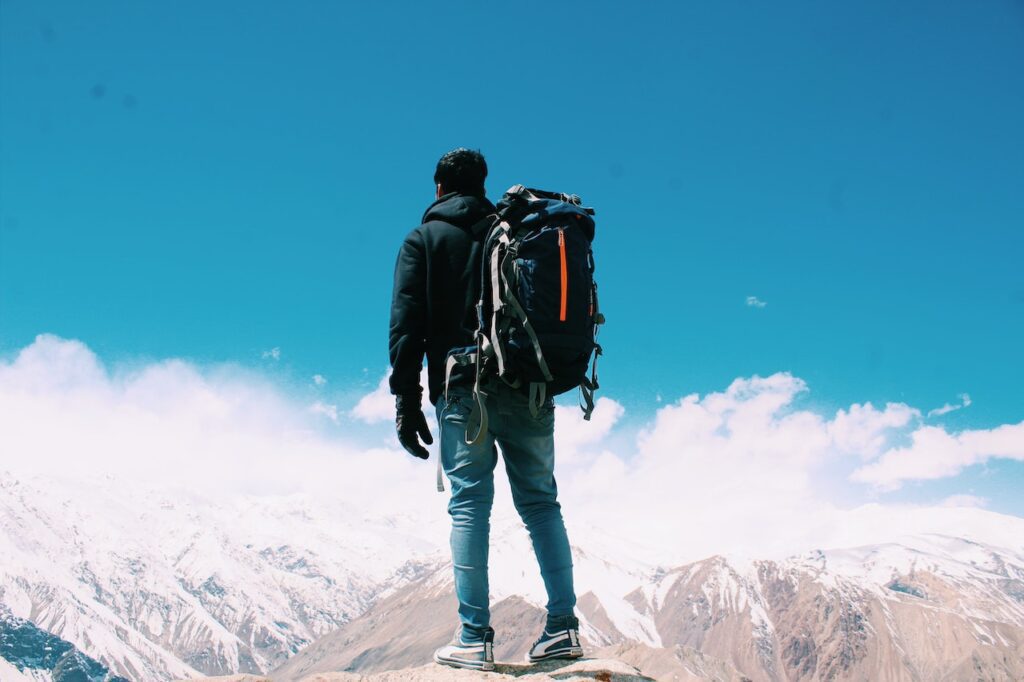
As we bring this comprehensive guide to a close, we cannot overemphasize the profound impact of solo travel. It transcends the realms of mere exploration; it is a journey within, an exploration of the self, and a celebration of the wondrous diversity of the world. In these final words, we delve deeper into the essence of solo travel and its enduring influence on the individual.
The allure of solo travel is rooted in the allure of the unknown. It is the anticipation of what lies beyond the horizon, the excitement of uncharted territory, and the constant potential for the unexpected. The uncertainty that accompanies solo travel is not a deterrent; it is the very essence of adventure. Stepping outside your comfort zone and onto that plane is an act of courage that opens the door to infinite possibilities. It is the thrill of not knowing what’s around the next corner or over the next hill. Embracing the unknown is what makes each solo journey an extraordinary tale.
Solo travel is not just a physical expedition; it is a profound odyssey of self-discovery. While your initial motivation might be to explore new landscapes, cultures, and experiences, you soon realize that the most profound discoveries occur within the corridors of your own heart and mind. The solitude provides the space to listen to your inner voice, to reflect on your life’s purpose, your dreams, and your deepest fears. It is in the midst of strangers and foreign lands that you unearth the deepest truths about yourself. In the solitude of your solo journey, you find strength in vulnerability, uncover hidden potential, and come to appreciate the intricate tapestry of your own thoughts and emotions.
Challenges are not obstacles on your solo journey; they are opportunities to cultivate resilience. Every hurdle you face, whether it’s navigating complex transportation systems, overcoming language barriers, or dealing with unexpected setbacks, is a chance to discover your ability to adapt, to solve problems, and to make quick, informed decisions. These skills are not confined to your travel experiences; they become invaluable assets in your everyday life.
The autonomy to make choices based solely on your desires is one of the most liberating aspects of solo travel. Your journey is a blank canvas, and you are the artist. You have the power to decide where to go, what to see, and how long to stay. This autonomy empowers you to craft your experiences to your unique interests and passions, ensuring that every moment of your journey is an expression of your true self.
In conclusion, solo travel offers a wealth of experiences and lessons that are unparalleled in their ability to transform and enrich your life. It is a voyage of self-discovery, an exploration of the world on your terms, and a testament to the resilience and independence that lie within each of us. Embrace the challenges, savor the moments, and keep the wanderlust alive. Happy travels!
